A Call to Adventure: Aloha Baker at the Peoria Women’s Club
Aloha Wanderwell Baker with expedition car, circa 1934. Courtesy of the Richard Diamond Trust.
On January 26, 1941, with the world inching toward war, the Evening Department of the Peoria Women’s Club (PWC) gathered for its annual Founder’s Day celebration. That night, members were treated to an unforgettable program: a lecture titled “A Call to Adventure” by Aloha Baker, a filmmaker, explorer, and the first woman to drive around the world.
By then, Aloha had already spent two decades traveling and filming across more than fifty countries. Known internationally as “the world’s most traveled woman,” she was also a gifted storyteller whose presence captivated audiences in grand theaters and small-town lecture halls alike. The PWC archives description of her visit states:
“Aloha Baker is called ‘the world’s most traveled woman.’ In the course of her adventures, she has been made a colonel in the Red Army of Siberia, shot an elephant in Indo-China, and mingled with Luzon head-hunters (in what is now the Philippines), Javanese temple dancers (on the island of Java, now part of Indonesia), and Chinese bandits.”
Born Idris Hall in Canada in 1906, Aloha’s story began at age 14, while living in southern France, she left boarding school (with her mother’s permission) to answer a newspaper ad seeking a secretary with “brains, beauty, and breeches” for a global expedition. The journey was part of the Work Around the World Educational Club (WAWEC), a peace-promoting adventure troupe led by the charismatic and controversial “Captain” Walter Wanderwell.
Renamed Aloha Wanderwell, she soon became far more than a secretary, serving as a driver, mechanic, interpreter, editor, and eventually the lead filmmaker and narrator for the expedition. Over the next two decades, she filmed sacred sites and remote cultures from the Taj Mahal to the Amazon. Her 35mm footage includes some of the earliest surviving film of the Bororo people of Brazil, shot during a harrowing 1930 journey through the Mato Grosso region.
After the mysterious 1932 murder of Walter Wanderwell (a case never solved), Aloha married cameraman Walter Baker and continued to travel, speak, and make films under the name Aloha Baker. Her 1934 film The River of Death—a blend of field footage and reenactments—is now preserved by the Library of Congress. She would go on to make over a dozen travelogues, including To See the World by Car (1937), India Now (1944), and Magic of Mexico (1950), continuing her work well into the postwar era.
By the time she spoke in Peoria, Aloha had not only seen the world—she had documented it, preserved it, and shared it at a time when few women had access to a camera, let alone the driver’s seat. Her call to adventure, delivered just months before the attack on Pearl Harbor, proved timely. Before the year’s end, American women would be called into new public roles—factory work, military service, and civic leadership. She passed away on June 3, 1996, in Newport Beach, California. Aloha Baker stood as living proof that a woman could be at the center of her own story and document the world as she moved through it.
Browse the Aloha Wanderwell website
Watch The River of Death (1934) via the Library of Congress
Explore archival footage from the Academy Film Archive
Read her biography on the Women Film Pioneers Project

